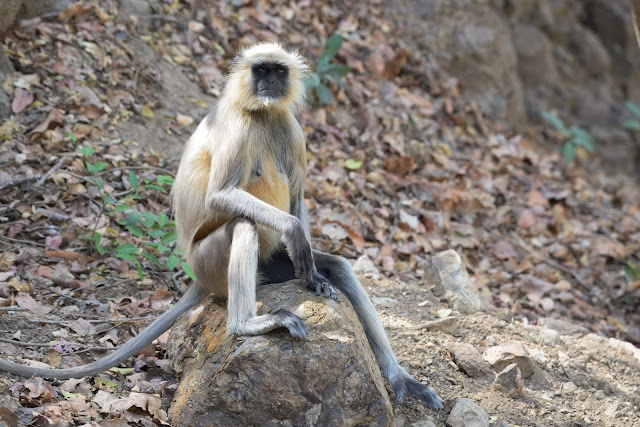Purple Swamphen (Porphyrio porphyrio) कैम, खरीम, कलीम - Birds Around Me 0126

The Purple Swamphen is a striking wetland bird, easily recognized by its deep purplish-blue plumage, vivid red bill and frontal shield, and long reddish legs with oversized toes. Roughly the size of a chicken, it measures around 45–51 cm in length and weighs between 850 and 1050 grams. Its tail is short and often flicked to reveal white undertail feathers—a behavior thought to signal alertness to predators or flockmates. Purple Swamphen (Porphyrio porphyrio) कैम, खरीम, कलीम Jabalpur, M.P., India April 2025 Habitat and Distribution: This species thrives in freshwater and brackish wetlands, particularly in marshes, swamps, and reed beds with dense emergent vegetation, such as Typha and Phragmites. It prefers shallow waters with consistent levels and is found across southern Europe, Africa, Asia, and Australasia. It has even been introduced to places like Florida Behavior and Ecology Purple Swamphens are diurnal and social, often seen in small groups. They are omnivorous, feeding o...





